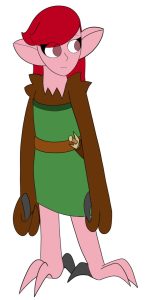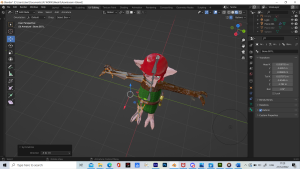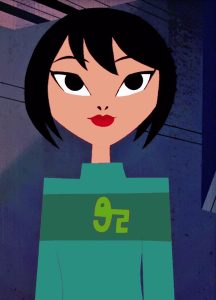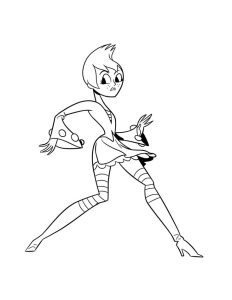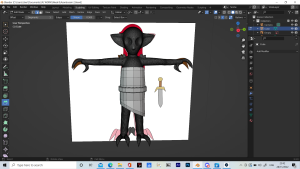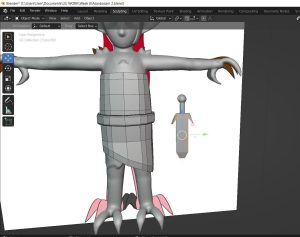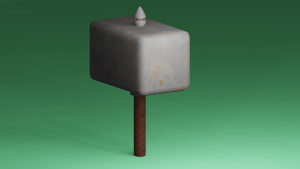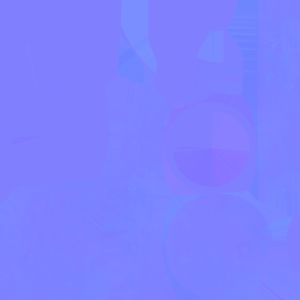This week for Mike’s Module I had to do research on Genndy Tartakovsky as well as draw out some designs for a hypothetical character in his artstyle who would appear in Hotel Transylvania.
Gennedy Tartokovsky is an award winning animation visionary director and a legendary name in the modern day animation industry, known for creating Samurai Jack, Dexter’s Laboratory, Primal, Sym-bionic Titan and Star Wars: The Clone Wars.




Upon doing research into his art style, I came to the conclusion that it is very simplistic, with little to no details on the clothing and mainly utilises heavy stylisation, with heavy use of basic shapes into a lot of the characters he creates, such as squares for Samurai Jack, round circles for females and child characters. His art style is unique to the point where its noticeable in many of his other works, such as Primal, and the subject of our homework, Hotel Transylvania, of which he directed.



After reading a comic that he made, Cage, about a black superhero who possesses extremely tough skin who goes to investigate the recent disappearance of several superheroes, I took note of how detailed and dynamic his art style can get during key scenes, such as when he’s fighting some villains or the opening scene with two bandits stealing from a bank.
His art style has become a lot more simplistic in terms of details between Cage and his more recent work and Hotel Transylvania, another work of which I did several designs for hypothetical characters that might come to the hotel.
The first was a Garkain of Australian aboriginal legend that was taught to young children to teach the importance of good manners. The creature had leathery wings and suffocated victims with its horrible stench. These creatures are actually represented in the game The Witcher 3, which is part of the inspiration for this design, though they do not have wings in the game.
Here is a design for the Garkain along with the inspiration for its design.


The second is a creature from Ghana legend called an asambosam, from Ghana legend. like the Garkain it had large wings that can reach 20 feet in length. They are described as having red hair, pink skin, with iron teeth and hooks for feet. They usually live in trees and take many traits from bats.
Unfortunately, asambosam are usually portrayed as being sloth like creatures, so I chose to create a design closer to the original legend.


Thinking about props for the characters, I decided to give the garkain a smoke bomb, to play more into his ability to kill using stench and also to give him a way of confusing his enemies should he be confronted and the asambosam and a knife for the asambosam to stab her opponents with.




